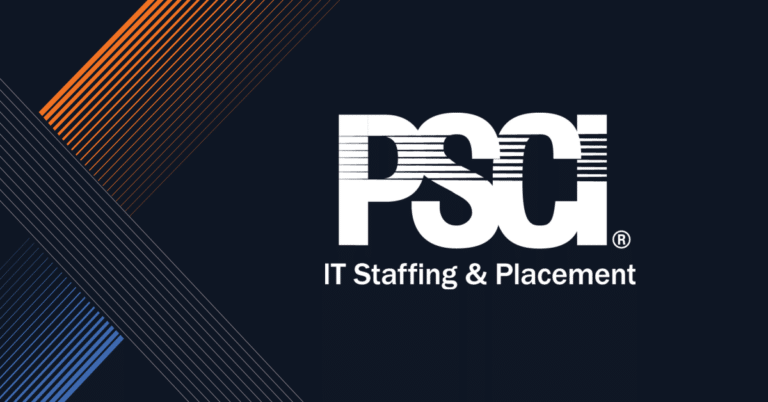Thanks to the IT skills gap and other contributing factors (such as the global COVID-19 pandemic), the number of open IT positions across the country, and world, is at an all-time high. While this may be good news for IT professionals, it’s a nightmare for employers. That’s because having empty positions and being short staffed can prove to be detrimental to a business – in more ways than one.
In this blog post, we examine the different risks a company faces by leaving a position open for too long as well as provide a solution for employers to this all too common problem.
The Risks of Leaving a Role Open for Too Long
Lost Productivity
First and foremost, when a position goes unfilled, your company’s productivity is reduced. While existing team members may be able to take on extra responsibility, the time they’re devoting to that work is taking away from the job they were originally hired to do. As a result, productivity slows down across the board. Timelines are missed, budgets are extended, and when a company’s bottom line is affected, nobody wins. To make matters worse, the extra work for these team members leads to…
Elevated Stress Levels
The longer a position stays open, and the longer existing staff must cover for it, the greater the likelihood of employee burnout due to stress. According to an O.C. Tanner report (a firm specializing in employee recognition and workplace culture), employees are more likely to leave a position when stress levels are high or if they’re feeling burned out. Not to mention, employee burnout also leads to decreased productivity, an increase in errors, absenteeism, and other organizational costs.
Increased Turnover
With vacant positions causing a loss of productivity and higher stress levels, it’s only natural to expect existing staff to start seeking work elsewhere. So now, the organization’s inability to fill one position has created a domino effect. Overworked staff members become burned out, which then leads to them leaving their role (quitting). And now, instead of having to fill one position, an organization is left with having to fill two – if not more. This is counterproductive to business as well as costly.
Expanded Overtime Costs
For those staff members who don’t mind the extra work, or who aren’t in a position to make a move, their presence will surely come at an elevated cost. In fact, unless these employees are exempt, federal law mandates it. The Fair Labor Standards Act (FLSA) states that employees receive at least time and one-half their regular pay rate for all hours worked over 40 in a workweek. While many IT professionals make enough to qualify as exempt, there are for sure organizations out there willing to pay them their worth, and more, regardless.
Employer Branding Issues
IT may be a large industry, but it also operates in a small world where everyone seems to know everybody else. You can even think of it as the parlor game, “The Six Degrees of Kevin Bacon,” but with an IT twist (obviously, not an exact science). Perception is reality in the employment marketplace, and when candidates receive calls about an open position they had previously been contacted about, they start to question whether something is wrong with either the job or the employer. They ask themselves, “Why don’t people want to work there?” and conclude with, “They can’t fill the position because no one wants to work for the organization.” This is the opposite message an organization should be projecting, as top candidates want to work for organizations that have a positive employer brand.
So, what’s the solution to this problem?
Enlist the Help of a Staffing Agency
IT staffing firms, such as PSCI, possess the industry knowledge, talent pipelines, and dedicated staff necessary to fill an organization’s open IT positions in short order, and there are a multitude of reasons to partner with one. With full-time, part-time, and temporary jobs being filled, organizations will be far greater prepared to maintain productivity, keep employee morale high, and maintain a high-quality of work. All leading to, of course, projects being completed on-time and under-budget – the goal of every manager and employer in the industry.
Contact us today!
This post was updated on March 17, 2021








